PROTOPINE HYDROCHLORIDE
- CAS NO.:6164-47-2
- Empirical Formula: C20H20ClNO5
- Molecular Weight: 389.83
- MDL number: MFCD00236406
- EINECS: 228-196-5
- SAFETY DATA SHEET (SDS)
- Update Date: 2023-06-08 09:02:00
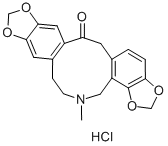
What is PROTOPINE HYDROCHLORIDE?
Description
Protopine is an alkaloid found in Berberidaceae, Ranunculaceae, Rutaceae, Fumariaceae, and Papaveraceae with diverse biological activities. It inhibits platelet aggregation induced by ADP, arachidonic acid (Item Nos. 90010 | 90010.1 | 10006607), platelet-activating factor (PAF), and collagen in rabbit platelet-rich plasma at a concentration of 100 μM. Protopine inhibits contraction of isolated rat thoracic aorta induced by norepinephrine and is a non-selective inhibitor of ICa, IK, IK1, and INa in guinea pig ventricular myocytes. Protopine inhibits the growth of H. pylori with an MIC50 value of 100 μg/ml. It reduces growth of PC3 and DU145 prostate cancer cells in a dose-dependent manner via induction of mitotic cell cycle arrest. Protopine (0.005 mg/kg) increases latency to first seizure in a mouse model induced by pentylenetetrazole .
The Uses of PROTOPINE HYDROCHLORIDE
Protopine hydrochloride may be used in the calibration curve preparation for the quantification of alkaloids from Fumaria capreolata using liquid chromatography coupled to diode array detection and electrospray ionization tandem mass spectrometry (LC-DAD-MS) and tandem mass spectrometry(MS/MS). It may also be used as an alkaloid in cytotoxicity and permeability studies carcinogenic cell lines.
What are the applications of Application
Protopine hydrochloride is a light-sensitive calcium channel protein inhibitor
General Description
Protopine is a celandine alkaloid and a bioactive compound associated with the plant families including fumariaceae, berberidaceae?and papaveraceae. It is metabolized by demethylenation in the presence of the cytochrome enzymes cytochrome P450 family 2 subfamily d polypeptide 1 (CYP2D1) and cytochrome P450 family 2 subfamily c polypeptide 11 (CYP2C11).
Biochem/physiol Actions
Protopine possesses anti-parasitic, antimicrobial and anti-inflammatory property. It mediates mitotic arrest by favoring tubulin polymerization. Protopine elicits anti-invasive effects in breast cancer tumor progression.. It also provides protection against oxidative stress-induced cell death.
Properties of PROTOPINE HYDROCHLORIDE
| storage temp. | 2-8°C |
| solubility | Soluble in Chloroform,Dichloromethane,Ethyl Acetate,DMSO,Acetone,etc. |
| form | solid |
Safety information for PROTOPINE HYDROCHLORIDE
Computed Descriptors for PROTOPINE HYDROCHLORIDE
New Products
4-Fluorophenylacetic acid 4-Methylphenylacetic acid N-Boc-D-alaninol N-BOC-D/L-ALANINOL Tert-butyl bis(2-chloroethyl)carbamate 3-Morpholino-1-(4-nitrophenyl)-5,6-dihydropyridin- 2(1H)-one Furan-2,5-Dicarboxylic Acid Tropic acid S-2-CHLORO PROPIONIC ACID ETHYL ISOCYANOACETATE 2-Bromo-1,3-Bis(Dimethylamino)Trimethinium Hexafluorophosphate (6-METHYL-[1,3]DITHIOLO[4,5-b]QUINOXALIN-2-ONE INDAZOLE-3-CARBOXYLIC ACID 4-IODO BENZOIC ACID (2-Hydroxyphenyl)acetonitrile 4-Bromopyrazole 5,6-Dimethoxyindanone 2-(Cyanocyclohexyl)acetic acid 4-methoxy-3,5-dinitropyridine 2-aminopropyl benzoate hydrochloride 1-(4-(aminomethyl)benzyl)urea hydrochloride diethyl 2-(2-((tertbutoxycarbonyl)amino) ethyl)malonate tert-butyl 4- (ureidomethyl)benzylcarbamate Ethyl-2-chloro((4-methoxyphenyl)hydrazono)acetateRelated products of tetrahydrofuran
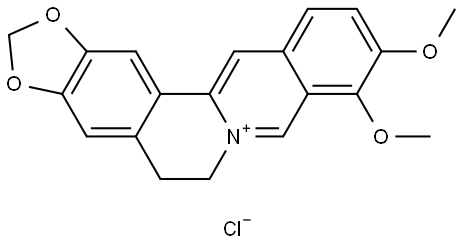
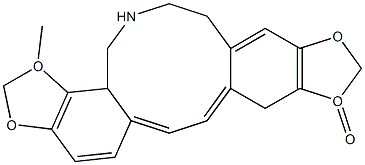

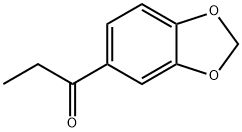

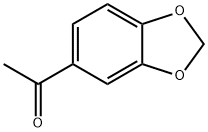
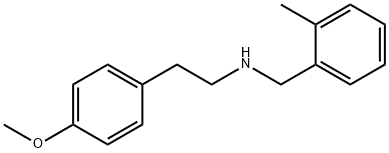
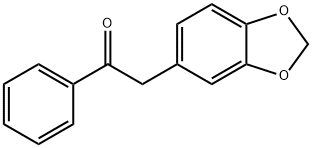
You may like
-
 Protopine hydrochloride CAS 6164-47-2View Details
Protopine hydrochloride CAS 6164-47-2View Details
6164-47-2 -
 2033-24-1 98%View Details
2033-24-1 98%View Details
2033-24-1 -
 1975-50-4 98%View Details
1975-50-4 98%View Details
1975-50-4 -
 2-HYDROXY BENZYL ALCOHOL 98%View Details
2-HYDROXY BENZYL ALCOHOL 98%View Details
90-01-7 -
 2-Chloro-1,3-Bis(Dimethylamino)Trimethinium Hexafluorophosphate 221615-75-4 98%View Details
2-Chloro-1,3-Bis(Dimethylamino)Trimethinium Hexafluorophosphate 221615-75-4 98%View Details
221615-75-4 -
 61397-56-6 CIS BROMO BENZOATE 98%View Details
61397-56-6 CIS BROMO BENZOATE 98%View Details
61397-56-6 -
 14714-50-2 (2-Hydroxyphenyl)acetonitrile 98+View Details
14714-50-2 (2-Hydroxyphenyl)acetonitrile 98+View Details
14714-50-2 -
 118753-70-1 98+View Details
118753-70-1 98+View Details
118753-70-1